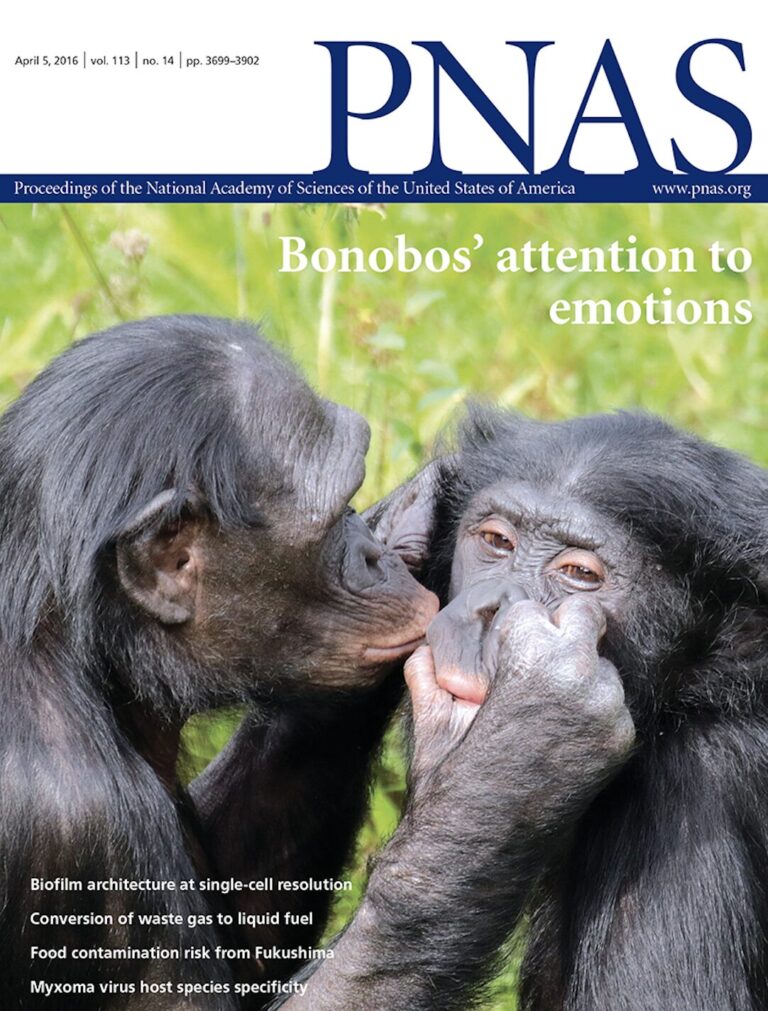Anthropogenic drivers of global change include rising atmospheric concentrations of carbon dioxide and other greenhouse gasses and resulting changes in the climate, as well as nitrogen deposition, biotic invasions, altered disturbance regimes, and land-use change. Predicting the effects of global change on terrestrial plant communities is crucial because of the ecosystem services vegetation provides, from climate regulation to forest products. In this paper, we present a framework for detecting vegetation changes and attributing them to global change drivers that incorporates multiple lines of evidence from spatially extensive monitoring networks, distributed experiments, remotely sensed data, and historical records. Based on a literature review, we summarize observed changes and then describe modeling tools that can forecast the impacts of multiple drivers on plant communities in an era of rapid change. Observed responses to changes in temperature, water, nutrients, land use, and disturbance show strong sensitivity of ecosystem productivity and plant population dynamics to water balance and long-lasting effects of disturbance on plant community dynamics. Persistent effects of land-use change and human-altered fire regimes on vegetation can overshadow or interact with climate change impacts. Models forecasting plant community responses to global change incorporate shifting ecological niches, population dynamics, species interactions, spatially explicit disturbance, ecosystem processes, and plant functional responses. Monitoring, experiments, and models evaluating multiple change drivers are needed to detect and predict vegetation changes in response to 21st century global change.
Global change and terrestrial plant community dynamics


